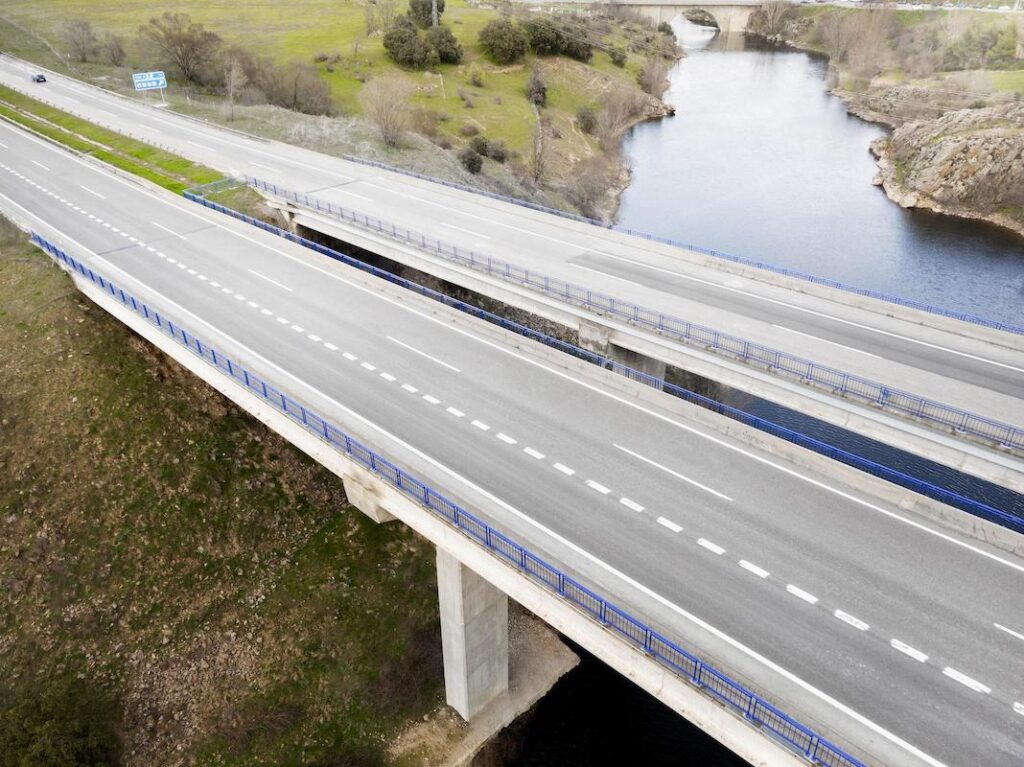7 forms of support infrastructure needed when developing land
Blogs
February 20, 2023

Leading smart and sustainable estate development in the Philippines, Aboitiz InfraCapital helps advance businesses, drive economic activity, and uplift the lives of Filipinos.
Working together in synergy with other units of the Aboitiz Group, Aboitiz InfraCapital collaborates with local and national government agencies to develop and operate land development projects, such as economic estates. These include the LIMA Estate in Batangas and the Mactan Economic Zone 2 Estate And the West Cebu Estate in Cebu.
Designed to spur economic growth in the areas where they are built, these master-planned developments incorporate various industrial, commercial, residential, and institutional components to help their home cities transform into highly developed centers of industry, commerce, real estate development, entertainment, tourism, and finance.
All that being said, land development projects like the Economic Estates should be supported by world-class infrastructure and forward-looking approaches. Better infrastructure will ensure that these locations can become viable incubators of other services and activities that will ultimately benefit all members of the community.
Examples of these support infrastructure are as follows:
Access to major roadways and bridges
When developing land for industrial use, the developer always has to think about how accessible it will be. The harder and more expensive it is to travel to an estate or to deliver key goods and services to the site, the lower the likelihood that long-term industrial and commercial activities will flourish there. That’s why access to familiar, well-connected, and well-constructed roads and bridges is always a top consideration for developers.
Access to public transportation
The developer should also consider the accessibility of the site from the perspective of those who cannot travel there using private vehicles or company vehicles. Many of those who will work in the estate will get there via public transportation, i.e. via jeepney, tricycle, shuttle, bus, or train. Developers should be able to construct transport terminals for arriving occupants, as well as determine the quickest and most cost-efficient public transport routes for them.
Access to clean water
Industrial developments will definitely need proper water infrastructure and unhampered access to a clean and sanitary water supply. For those who will occupy properties on such lands, the water system serves as a source of potable drinking water, as well as water that can be used for industrial or commercial purposes. The developer should oversee the particulars of linking the industrial development to a water supply, like determining the appropriate carrying capacity and ensuring that the water runs through a reliable pipe system.
Access to a proper wastewater, sewage, and sanitation system
It’s also vital for developers to build support infrastructure that enables wastewater and sewage treatment, as untreated liquid waste from industrial sources can be hazardous to property occupants and to members of surrounding communities. In the same vein, developers need to take charge of implementing sanitation systems that reduce human contact with wastewater and sewage contaminants to protect public health and the environment.
Access to electricity and fuel
Electricity and fuel are two sources of energy that industrial developments are highly dependent on. The developer will take a lead role in ensuring that the occupants have a consistent power supply, as issues like power interruptions and power failures can halt business activities and have devastating financial consequences.
Access to digital infrastructure
Proper access to modern-day digital infrastructure is also crucial to organizations of all kinds, whether they’re public or privately owned. Thus, the developer has a role to play in securing reliable telecommunications and internet access for its locators. This is what will help tenant companies stay connected to their clients and business partners, as well as keep up with the demands of the digital era.
Access to green support infrastructure
Lastly, developers should put some focus on supporting infrastructure that will ease the impact on the environment, as well as guarantee a cleaner, greener, and healthier life for the land’s occupants. For example, the developer can advocate for the restoration of wetlands over more invasive water treatment methods.


























